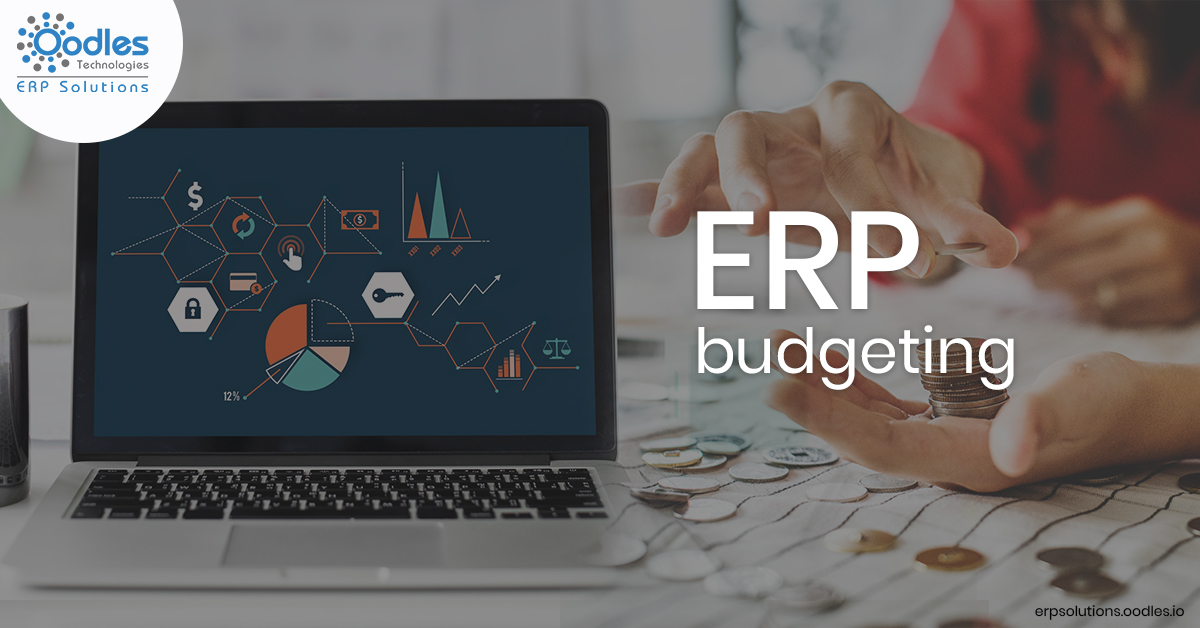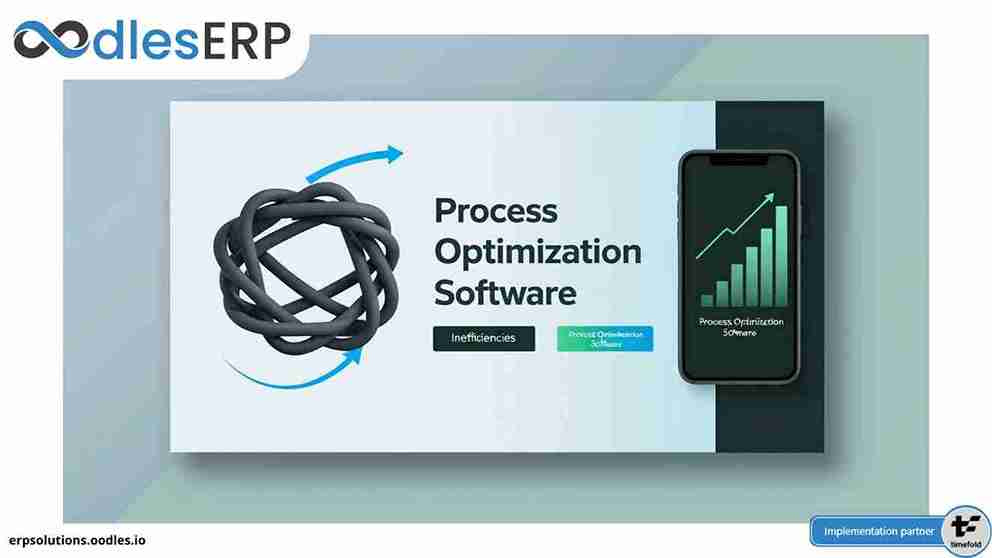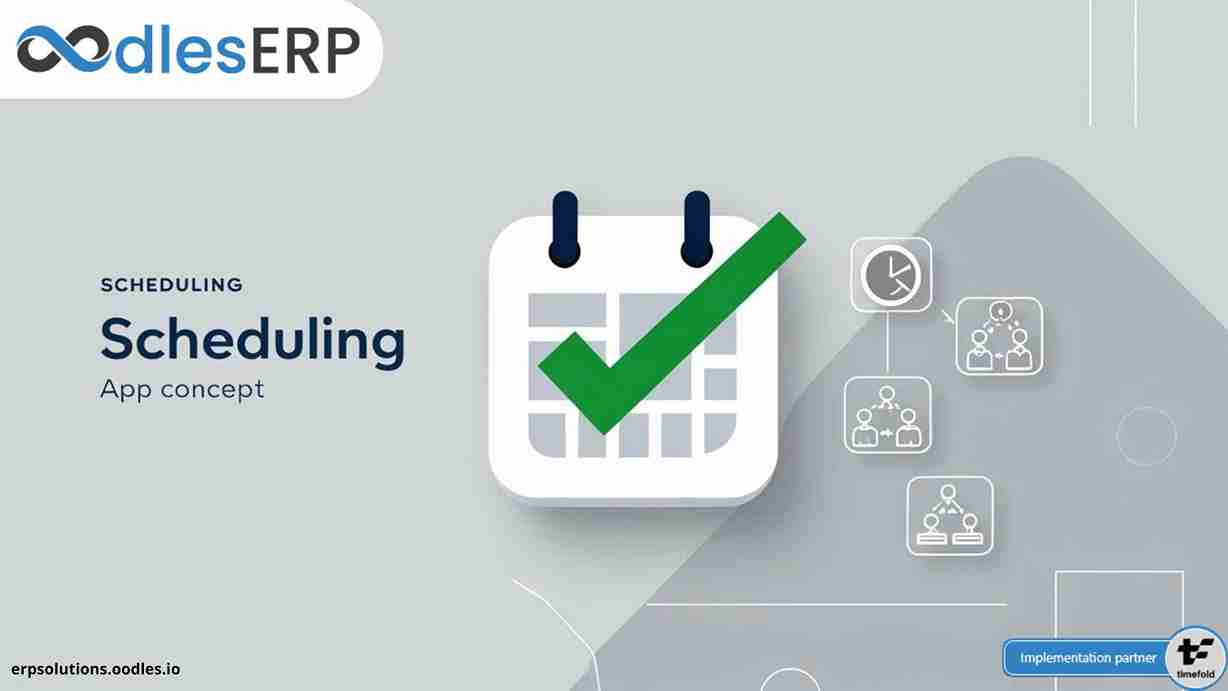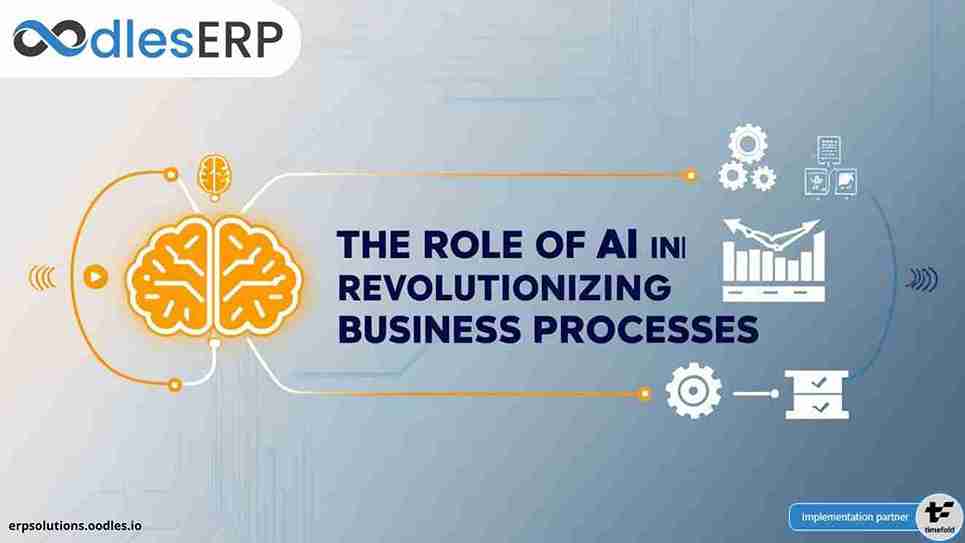Before ERP selection, making a plan of ERP budgeting is the first imperative task. ERP implementation costs are expected to range from tens of thousands of dollars for small enterprises to hundreds of thousands or even millions for larger enterprises. For planning a reasonable ERP budget that will cover all types of costs and potential costs, you need to keep some things in mind.
Below I have covered some important points to consider while planning for ERP budgeting :
1. Licensing costs
In case you buy an on-premise ERP software, you will have to pay a license fee monthly/ yearly associated with the product. This is based on how many users you have, such as users/month. So, the cost will be directly proportional to the number of users.

2. Infrastructure
Which infrastructure do you want? If you choose on-premise software then you have to set up on your own infrastructure. Choosing a cloud-based software service will have fewer expenses when compared to on-premise ERPs. Without taking support and help from a vendor and doing ERP implementation all by yourself will cause huge upfront costs.
3. Implementation costs
Implementation costs depend on the number of users. The more users you have, the more you will have to pay for implementation. Furthermore, the more ERP modules you add, the more you have to pay. Likewise, hardware choices also impact the costs.
4. Maintenance Fees
After your ERP software goes live, there will be a maintenance fee regarding updating and upgrading of the system. ERP systems also have their annual maintenance which consists of training, minor updates, and support. This generally comes under the license’ s costs.
5. Customizations
Customization may involve some extra amount of money. So, there might be some variations in prices when you make customizations. Sometimes, there is no need to customize. This will totally depend on the system you choose and what you want from it. For example, you might need some additional features.
Read Next: Most common ERP Modules To Add In An ERP System









